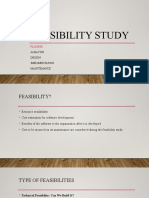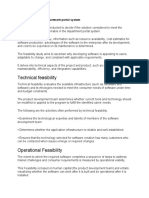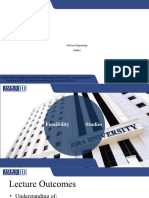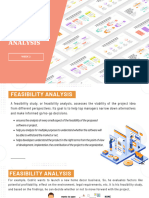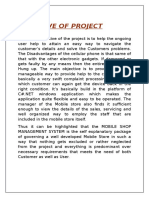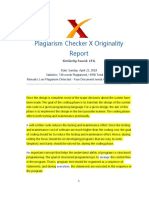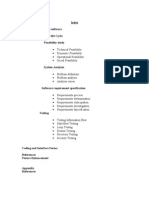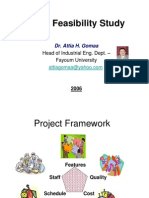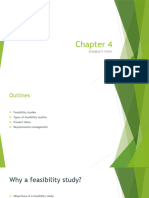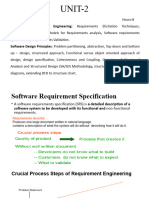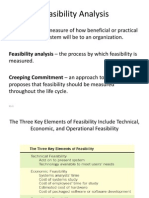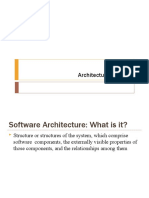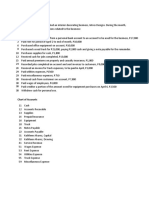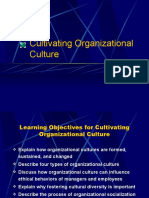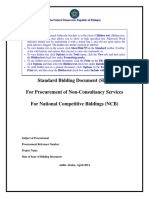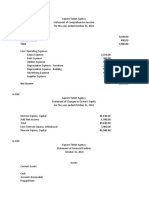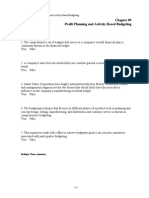0% found this document useful (0 votes)
68 views5 pagesFeasibility Studies
A feasibility study determines whether a proposed project is practical and can be completed successfully. It considers technical, operational, and economic factors such as available resources, costs, benefits, and organizational objectives. The feasibility study process involves collecting information, writing a report with recommendations, and assessing if the proposed system can achieve its goals within budget and integrate with other systems. The objective is to evaluate if a project is worth pursuing before significant resources are committed.
Uploaded by
HARINICopyright
© © All Rights Reserved
We take content rights seriously. If you suspect this is your content, claim it here.
Available Formats
Download as DOC, PDF, TXT or read online on Scribd
0% found this document useful (0 votes)
68 views5 pagesFeasibility Studies
A feasibility study determines whether a proposed project is practical and can be completed successfully. It considers technical, operational, and economic factors such as available resources, costs, benefits, and organizational objectives. The feasibility study process involves collecting information, writing a report with recommendations, and assessing if the proposed system can achieve its goals within budget and integrate with other systems. The objective is to evaluate if a project is worth pursuing before significant resources are committed.
Uploaded by
HARINICopyright
© © All Rights Reserved
We take content rights seriously. If you suspect this is your content, claim it here.
Available Formats
Download as DOC, PDF, TXT or read online on Scribd
/ 5








